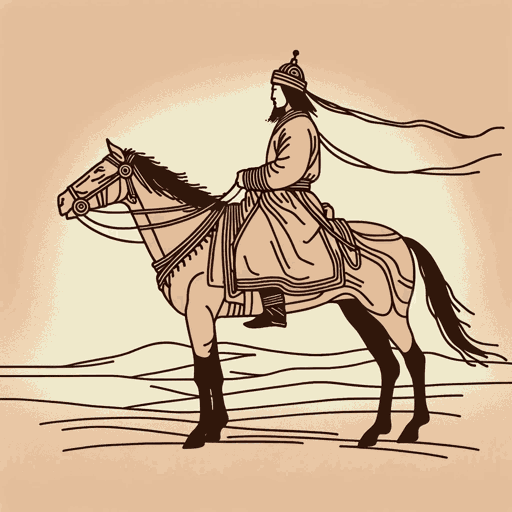40 pages • 1 hour read
Jack WeatherfordIndian Givers: How the Indians of the Americas Transformed the World
Nonfiction | Book | Adult | Published in 1988A modern alternative to SparkNotes and CliffsNotes, SuperSummary offers high-quality Study Guides with detailed chapter summaries and analysis of major themes, characters, and more.
Themes
Indian Innovations Present Little Benefit to the Indians
In highlighting the many contributions of the Indians, Weatherford also shows the flip side of the coin: They now see little benefit from the technologies they pioneered. Practically speaking, they “often become tied into a complicated network of economic forces that keep them very poor and working to produce food for urban elites and for foreigners” (98). They have been priced out of participating in agriculture (87) and are forced mine in exploitative conditions for little pay (4).
Philosophically, their concepts of egalitarianism and liberty have inspired many but proved of little use in securing their own freedom. The repeated failures of Indian liberation movements during the 19th century paved the way for the successes of other peoples in the 20th century. The American Revolution, the French Revolution, the Indian fight for independence under Gandhi, and even the civil rights movement led by Martin Luther King Jr. all found roots in the concept of freedom espoused by the Indians (132). But now, “five hundred years after the arrival of Christopher Columbus in the New World, the Indians are everywhere in America the poorest of the poor and the least powerful of all groups” (172). To this day Indians are still fighting in the battlefields of Central America and in the courts of the United States for their rights.
Related Titles
By Jack Weatherford


